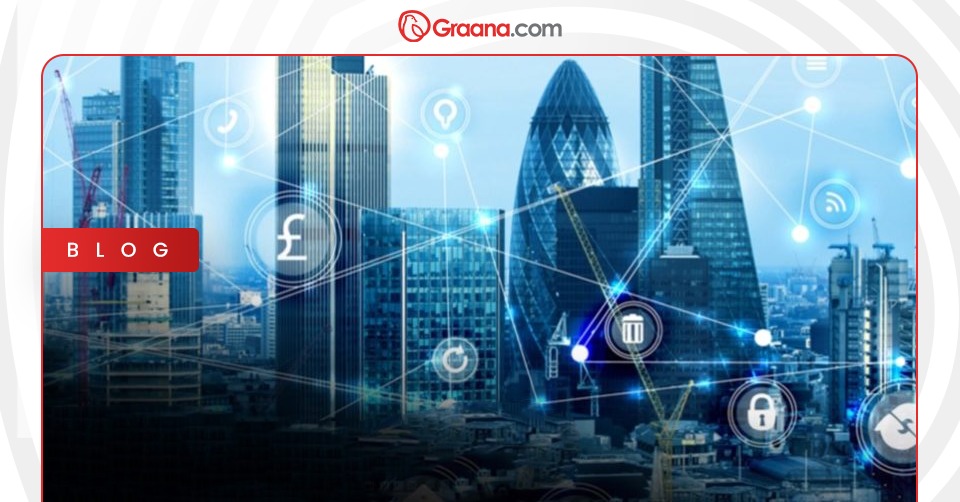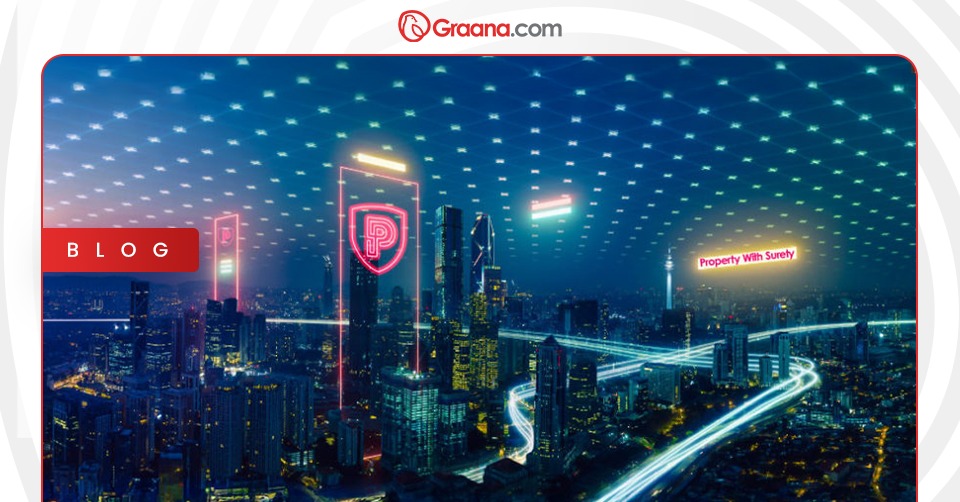Buildings are meant to stay for decades. Their designs and structures depict the historical evolution of civilization and also incorporate cultural norms of civilization. What makes us ponder on a point is how these buildings have managed to stay for decades and centuries. The reason lies in the designs and the structural strength of these construction marvels which have increased the longevity of these buildings. This also sets a precedent for the buildings of current times that how can they be a prodigy and a measurement of standard for the upcoming centuries. Without any argument, the aspect of maintenance had an important role to play in longevity.
Graana.com through this blog brings to the light a specific aspect of the buildings i.e., ‘how to identify and deal with the cracks in the buildings. In Pakistan, most of the buildings don’t complete their lives or become a part of accidents owing to the lack of maintenance and hurdles in employing the right techniques for managing these cracks.
What Causes Cracks
The asthenosphere, the layer of the earth that keeps the upper layer of the earth in continuous movement, owing to its plasticity whatever is present over the surface of the earth is continuously in movement. Therefore, when the foundations of a building are developed, specific attention is given to the structural strength of the building to keep the building intact throughout the years. Owing to minimal negligence, cracks can appear in the buildings.
Similarly, soil erosion is among the reasons that also leave a lasting impact on the structure of the buildings. Erosion of soil happens to owe to the water runoff or the impact of wind which detaches solid particles from the soil. Hence, the foundations and structures if left unattended can lead to various cracks in the buildings. There are various building cracks that are specified by the architects or contractors which often occur in the buildings. In order to cover these cracks, they often require certain types of repairs.
Continuous Building Inspection
To avoid any harmful or unfortunate situation, it is necessary to deter the situation before it has even occurred. Therefore, a building should be continuously inspected using sophisticated tools. Various crack sensors and crack monitors are available in the market that can be used for inspecting the internal and external cracks. As technology has a lasting impact on various sectors, numerous devices are available in the market which is proving resourceful in detecting the cracks in the buildings. The building inspection also helps to detect the spalling in buildings which can compel an owner or the authority to take preemptive action.
Employing AI
Artificial Intelligence will take a leading role in the upcoming days; in fact, AI has already started to take a leading role in our lives. The construction sector is no longer alien to AI, various robots powered by AI are being used to monitor the construction sites to detect cracks and track the strength of the buildings. Quite often mobile robots are used for detecting the cracks, one of the technologies that are widely used to track the defects in a building is through the Impact-Echo (IE) method. Alongside, UltraSonic Pulse Velocity is also a major tool for detecting tracks in the building.
Deploying Sensors
The structural health monitoring systems in the buildings also employ sensors to calculate the strength and changes in the buildings. As the health of a person deteriorates over the period of time, the health of buildings also deteriorates; however, various health monitoring systems employ various methods for calculating the health and the strength of the buildings. Sensors are placed strategically in a building to track the changes occurring due to earthquakes or other reasons. Sometimes, the sensors are also placed around the cracks in order to track their movement and for taking remedial measures.
Data Acquisition
Data acquisition is also a useful tool for monitoring the strength of the buildings. The physical attributes of the buildings are converted into a digital form which helps to monitor the structural health of the building. The data is converted into digital form using the input devices which is then converted into statistical or other forms of data representation. Data acquisition is an important tool of the Structural Health Monitoring System.




